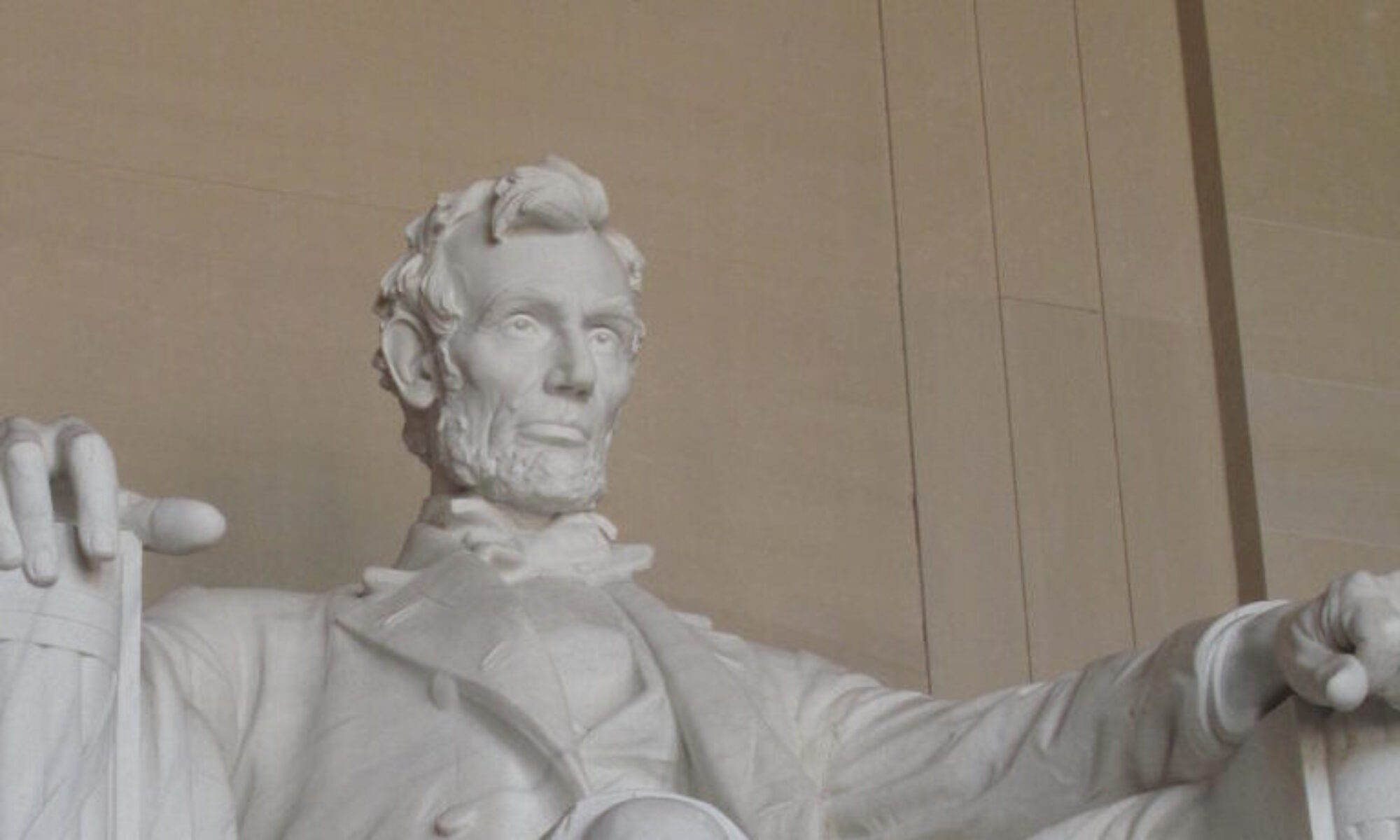
1910-1981
The musical world of the 1920’s and 30’s was taken with the influence of the bold American genre of jazz which seemed to capture the independent, self reliant and mildly undisciplined nature of the new world. To sophisticates, however, the musical creations of American composers such as Morton and Gershwin were relegates of the music hall, not the decided seriousness of the concert hall. American music held for them a decidedly superficial rhythm oriented character that fell short of the depth of conscience and emotion that were the province of the great European composers. Of particular sensitivity was the concept of the middle movement of a classical piece, since Haydn’s classical construction a piece of contemplative and reflective interlude that elevated classical music from entertainment to a direct treatise on humanity itself.
The center movement was typically framed at a pace that projected at 55-65 beats per minute, or about a beat a second. Not morbidly slow, but consistent with breathing or walking, to focus on the individual and inward direct nature of the movement. The tempo was known as Adagio, and the great composers were noted for the Olympian heights their creativity carried this uniquely human tempo. Wolfgang Mozart with his magnificent Adagios in the Piano Concertos No. 21 and 23, Ludwig Beethoven with his heavenly Adagio in the Emperor Piano Concerto No.5 set the standard for the performer rising above the hushed mass of the orchestra to strike a very individual strain of beauty and contemplation. The sound of something almost otherworldly projects from these masterpieces that always leads the listener to clear their mind, breathe slower, and consider a connection to the sublime. The depth of soul required was felt to be confined to a European sophistication that projected from almost 2500 years of civilization. Americans were juveniles to that tradition.
As in art, American composers were creating every bit as sophisticated a musical composition legacy as their European counterparts, but the credit was scant. Composers such as Copland, Hanson, and Ives brought American inflections to classical compositional structure but fought for attention at the concert hall even in their own country. The American ear sought the traditional voice of the European composer as much as the European audience.
Samuel Barber (1910- 1981) changed all that with a piece of music that connected to the soul every bit as much as the great composers, and using the sacred weapon of the Adagio. With his String Quartet Opus 11, composed at the age of 25 in 1935-6, Barber plugged deeply into the evocative tempo of the Adagio and created a composition that resonated at all levels, from the intimate sounds of the quartet to the intense layers of the orchestra. Here was pathos, yearning, searching, and otherworldly in nine minutes of perfection. Barber knew he had in his words a ‘knockout” of creation, and it didn’t take long for the serious performance world to agree with him as Barber created the Adagio for Strings for the concert hall. Toscanini, who saw American music as casual and rarely performed it, recognized Barber’s masterpiece for what it was, a magisterial creation using the Adagio tempo, worthy of any European composer’s best work.
Barber, born in West Chester, Pennsylvania to a musical family, likely stands as the greatest American composer of the classical concert tradition, with his Violin Concerto, Piano Concerto and Second Symphony having a regular rotation in any international orchestra’s armamentarium. But the Adagio is his moment of genius, when he discovered the perfect language of humanity’s core that transcended all nationalities. Whether in Beijing or Berlin, Boston or Beirut, audiences are immediately transported to their inner depths of recognition of the soul and frail majesty that is human creation. From the occasion of national crisis, state funeral, personal tragedy, or evoking of a simple human life, Barber’s Adagio brings everybody to the edge of intense emotions and to the verge of tears. Not for its sadness, but for its clarity of what is so human about all of us.
The Adagio for Strings has taken its place in the pantheon of great orchestrial Adagios, but I am emotionally struck but the simple beauty of Barber’s genius in the form of the quartet. I am particularly moved by the organ like performance of the Amstel Quartet’s version below that goes through one’s chest like a great bellows, using an instrument I usually avoid for any introspective listen, the saxophone. Barber by his death in 1981 achieved the recognition as a composer of stature, but the singular achievement of his Adagio, raised him to greatness.
